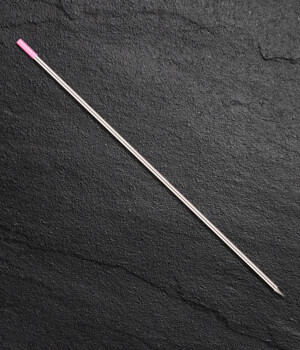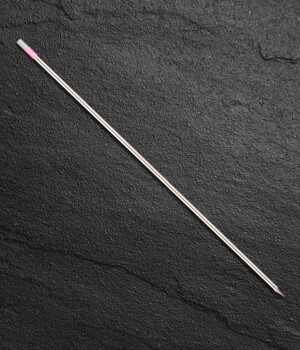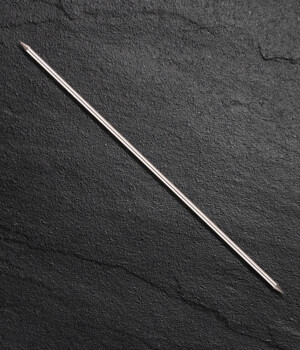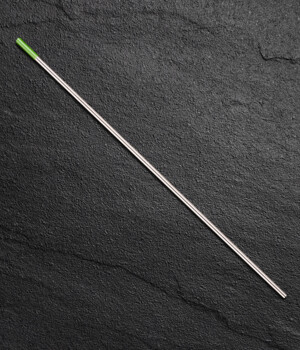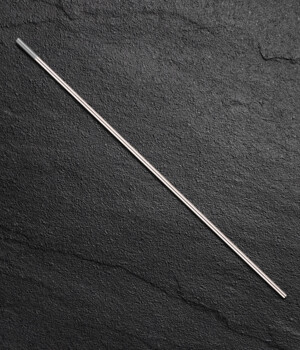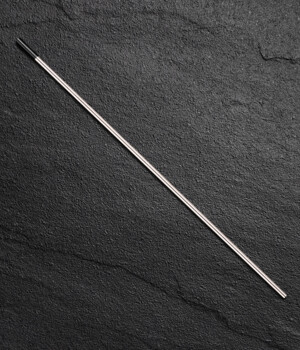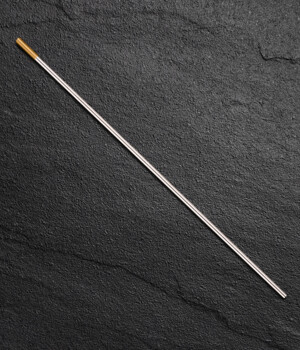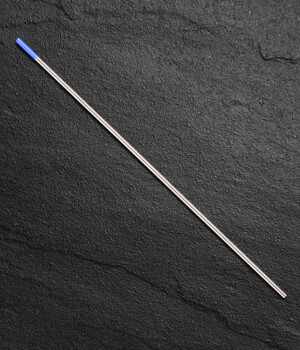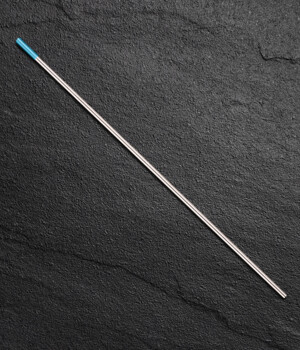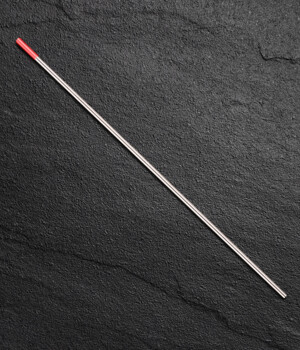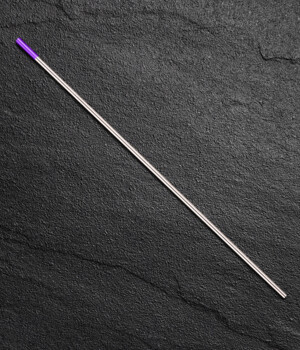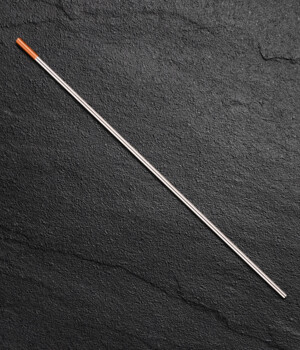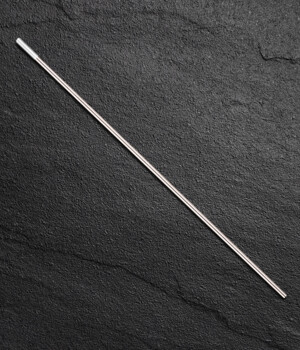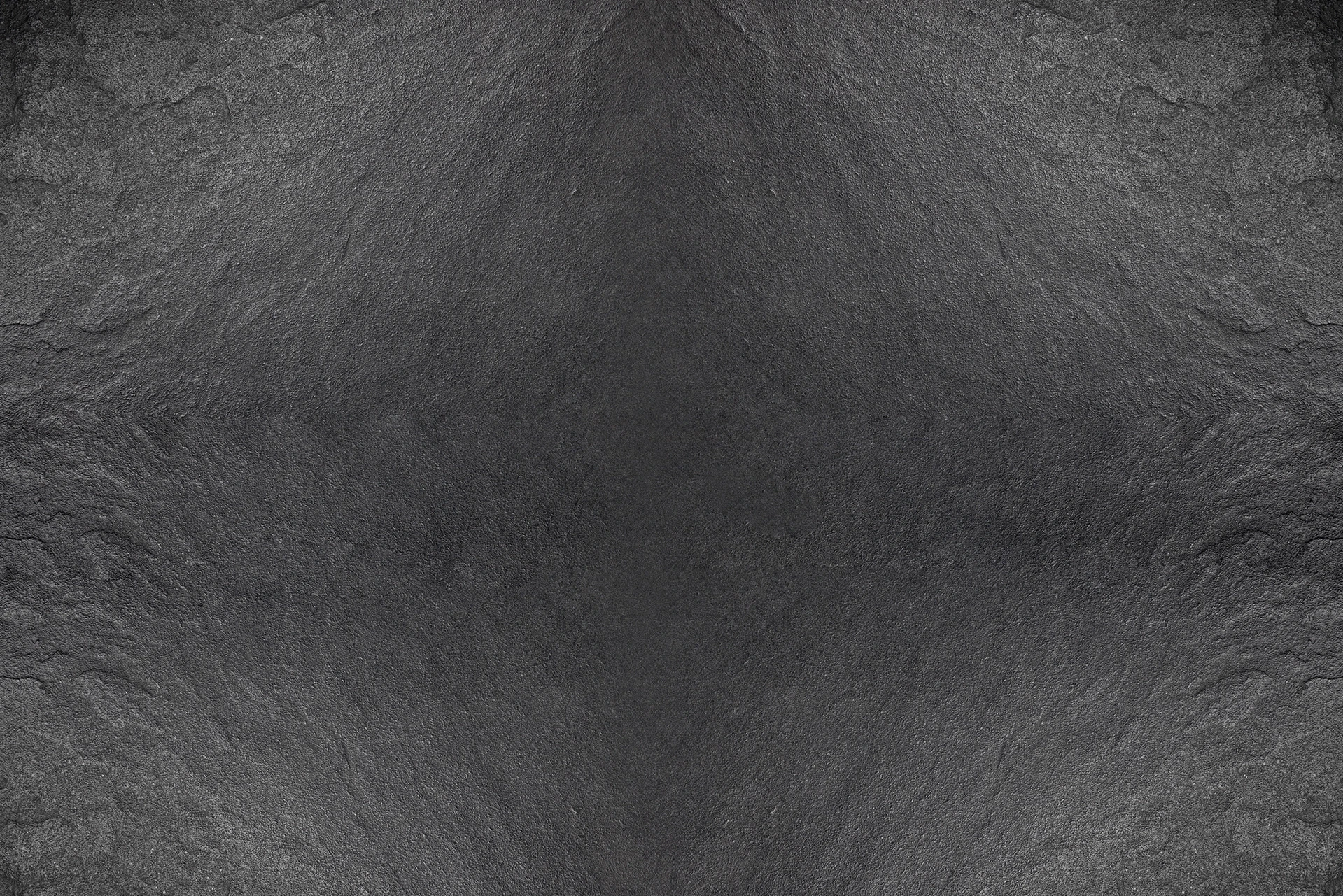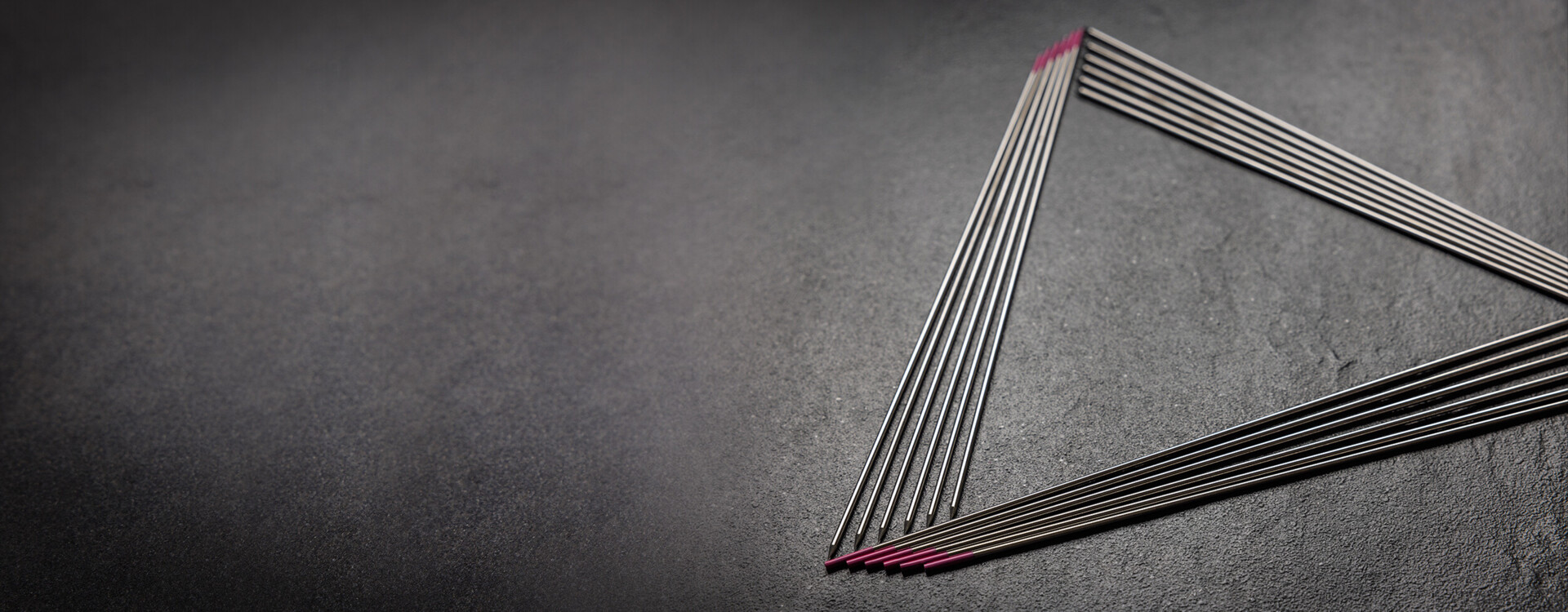
Tungsten welding electrodes
Find the right electrode
Whether TIG welding, plasma, orbital or resistance welding: the highest electrode quality makes your welding process successful. When selecting the right tungsten electrode, both welding technology and material-related details must be taken into account. Choose from our range of standard electrodes and convince yourself of the unique advantages of our Lymox® & LymoxLux®. All electrodes are also available immediately in larger quantities.
Which electrode is suitable for what?
Time and again, the valid question arises as to which tungsten electrode is best suited for what. We have some answers for you:
tungsten electrodes WL15 (gold) or Lymox® (pink) as well as LymoxLux® (pink-grey) are ideal for welding work in workshops, on construction sites or for smaller repair jobs: These types are the powerful and environmentally friendly alternative to the WT20 red electrode. Products from the Lymox® family can be used universally for all materials and compensate for a handling error or two by means of their excellent ignition capability.
Highly professionalised industrial companies usually use tungsten electrodes for robot welding, as a high degree of standardisation is important here. This is where the bevel plays a major role: whether centric, longitudinal, diamond ground or customised.
FAQs
The following electrodes are suitable for aluminium welding: Lymox®, LymoxLux®, Lymox DUO®, LymoxLux DUO®, WL15, W, WZ8.
- The following electrodes are suitable for welding stainless steels: Lymox®, LymoxLux®, Lymox DUO®, LymoxLux DUO®, WL15, WC20, WT20.
- The following electrodes are suitable for welding carbon steel: Lymox®, LymoxLux®, WL15, WC20, WT20.
The oxide percentage has a significant influence on an electrode’s welding properties: the more oxides it contains, the better. However, due to the manufacturing process, it is not possible to include an unlimited amount of oxides in the tungsten.
The most commonly used oxides are:
- Lanthanum (La)
- Cerium (Ce)
- Thorium (Th)
- Zirconium (Zr)
- Yttrium (Y)
This is tungsten inert gas (TIG) welding, which is used when high demands are made on precision as well as seam quality. TIG welding belongs to the group of inert gas welding, which in turn belongs to arc welding.
An electric arc burns between the workpiece and a tungsten electrode. In TIG welding, the tungsten electrode does not melt because of its high melting point (3,422 °C) (unlike other arc processes). The welding rod is held in the arc and melts off.
The melting point of the material tungsten is 3,422 °C. For this reason, tungsten electrodes are ideal for TIG welding.
